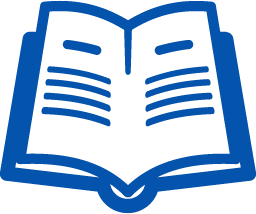What is Autism Spectrum Disorder (ASD)?
Definition of ASD
Autism spectrum disorder (ASD) is a developmental disorder that affects communication and behaviour. Autism can be diagnosed at any age, but the symptoms generally appear before the age of two.
Characteristics of ASD
According to the Diagnostic and Statistical Manual of Mental Disorders (DSM-5) by the American Psychiatric Association, people with ASD have:
- Difficulty with communication and interaction with other people
- Restricted interests and repetitive behaviors
- Symptoms that hurt the person’s ability to function properly in school, work, and other areas of life
Why it’s a ‘Spectrum’
Autism is known as a ‘spectrum’ disorder because there is wide variation in the type and severity of symptoms people experience. ASD occurs in all ethnic, racial, and economic groups. Although ASD can be a lifelong disorder, treatments and services can improve a person’s symptoms and ability to function.
Challenges people with ASD face
Autism spectrum disorder (ASD) is a developmental disability that can cause significant social, communication and behavioral challenges. There is often nothing about how people with ASD look that sets them apart from other people, but people with ASD may communicate, interact, behave, and learn in ways that are different from most other people. The learning, thinking, and problem-solving abilities of people with ASD can range from gifted to severely challenged. Some people with ASD need a lot of help in their daily lives; others need less
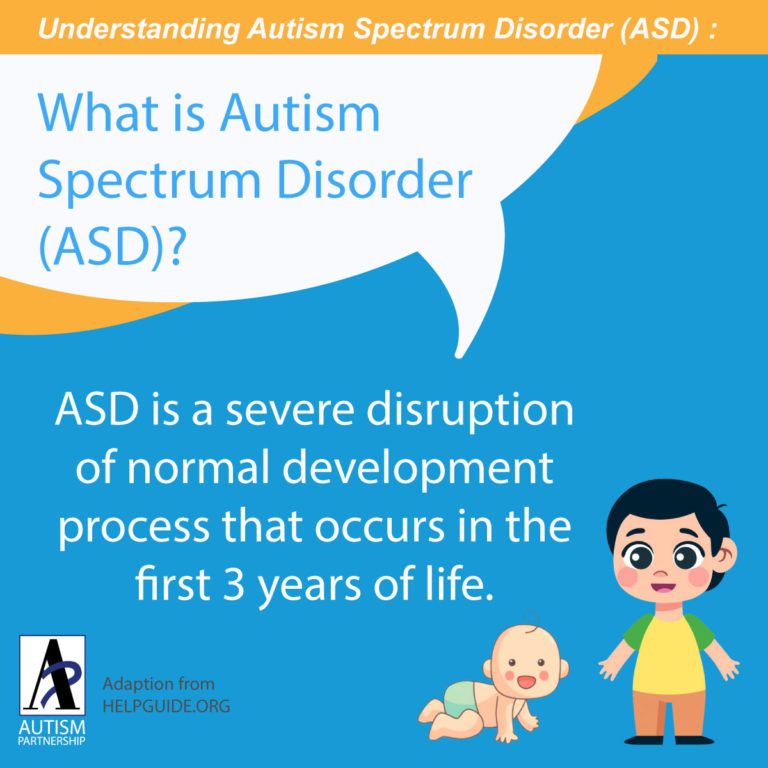
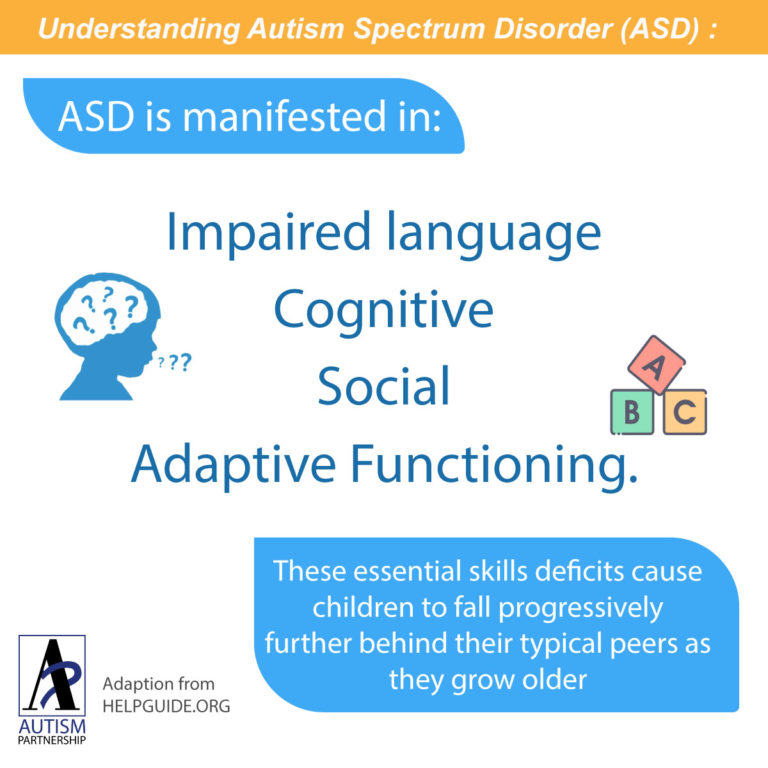
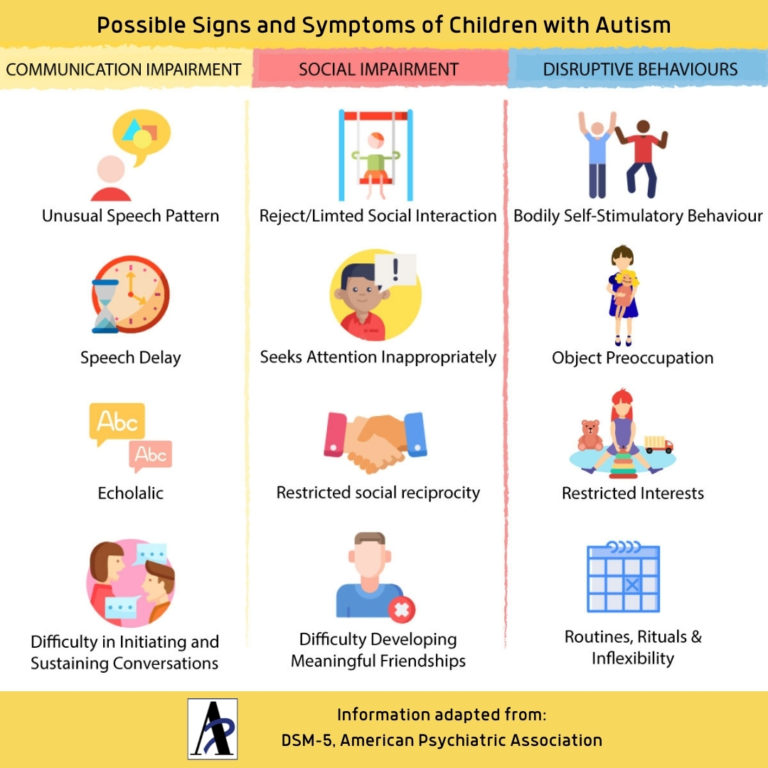
Autism in Singapore & Around the World
United States
1 in 68 children has been identified with autism spectrum disorder (ASD) in the United States, 30 percent higher than previous estimates reported in 2012 of 1 in 88 children (Center for Diseases Prevention and Control, CDC 2014)
Singapore
In Singapore, due to the lack of statistical studies to establish the prevalence rate locally, an estimate figure of 1% of the population is diagnosed with ASD.
China
1,100,000 cases of autism in China; 650,000 in the UK; 500,000 in the Philippines; and 180,000 in Thailand (the World Health Organization, WHO, 2009)
Hong Kong
49 children in every 10,000 is diagnosed with the disorder in Hong Kong (epidemiological study by V. Wong & S. Hui (2007) of The University of Hong Kong)
General
5 times more common among boys (1 in 42) than among girls (1 in 189). (Centers for Disease Control and Prevention, CDC, ASD)
Studies in Asia, Europe, and North America have identified individuals with ASD with an average prevalence of about 1%. A study in South Korea reported a prevalence of 2.6%. (Centers for Disease Control and Prevention, CDC, ASD)
Approximately 67 million people worldwide are affected by autism.
DSM-5 – Autism Spectrum Disorder
The fifth version of the Diagnostic and Statistical Manual (DSM-5) was published in 2013. The manual reflects the state of knowledge of mental and emotional disorders. Changes in the newest edition include combining the previously distinct Pervasive Developmental Disorders (Autistic Disorder, Asperger’s Disorder, and Pervasive Developmental Disorder – Not Otherwise Specified) into one new disorder: Autism Spectrum Disorder.
However, due to changes in criteria, not all people diagnosed with a Pervasive Developmental Disorder in the previous edition of the DSM will receive a diagnosis of Autism Spectrum Disorder in the new criteria. In addition to the changes in criteria, a 3-level severity scale has been added to the manual. Those who no longer meet the diagnostic criteria may qualify for Social Communication Disorder.
| Diagnostic Criteria (2 Domain) | Impaired Social Communication and Interaction Restrictive Repetitive Behavior, interest or activities |
| Three Required Symptoms: | Deficits in social interaction Deficits in social communication Deficits in play or friendship |
| Restricted, repetitive behavior, interests, or activities:(Must have a symptom in 2 of the 4 areas) | Repetitive motor movements, use of objects, or speech. Rigidity related to routines or rituals. Restricted interest abnormal in intensity or focus Over or under sensitivity or interest in sensory stimuli (pain, temperature, light, sound, etc.) |
| Severity Indication: | Level 1 (“Requiring support”) Level 2 (“Requiring substantial support”) Level 3 (“Requiring very substantial support”) |
| Implications: | Well established diagnosis ⇨ ASD diagnosis No longer meet criteria ⇨ Social Communication Disorder |
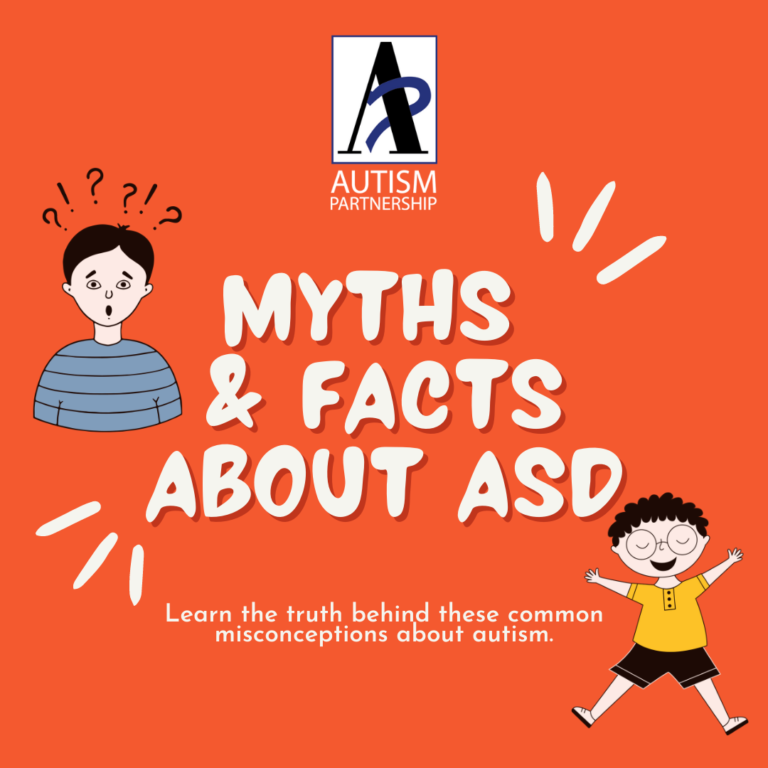
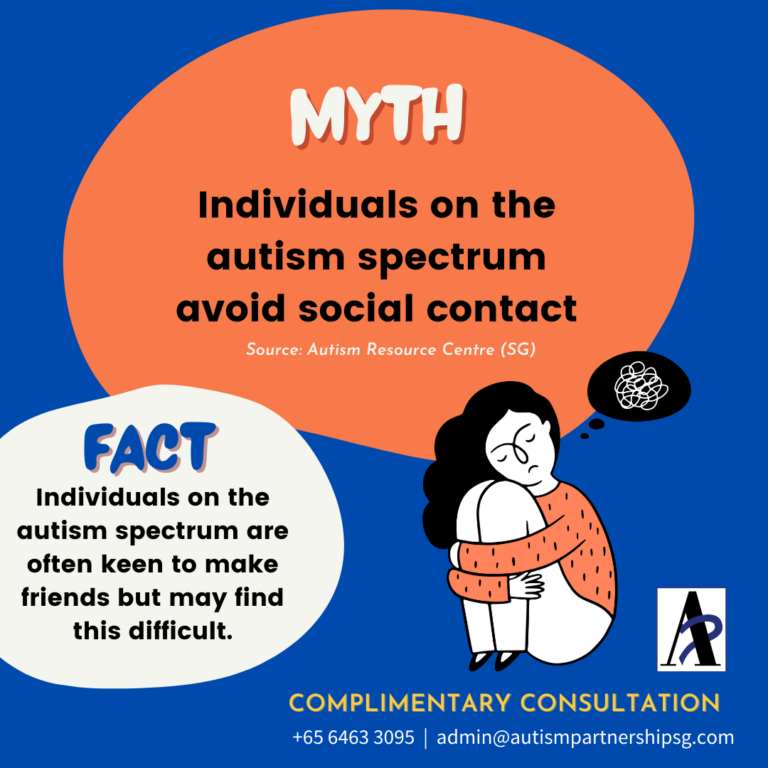
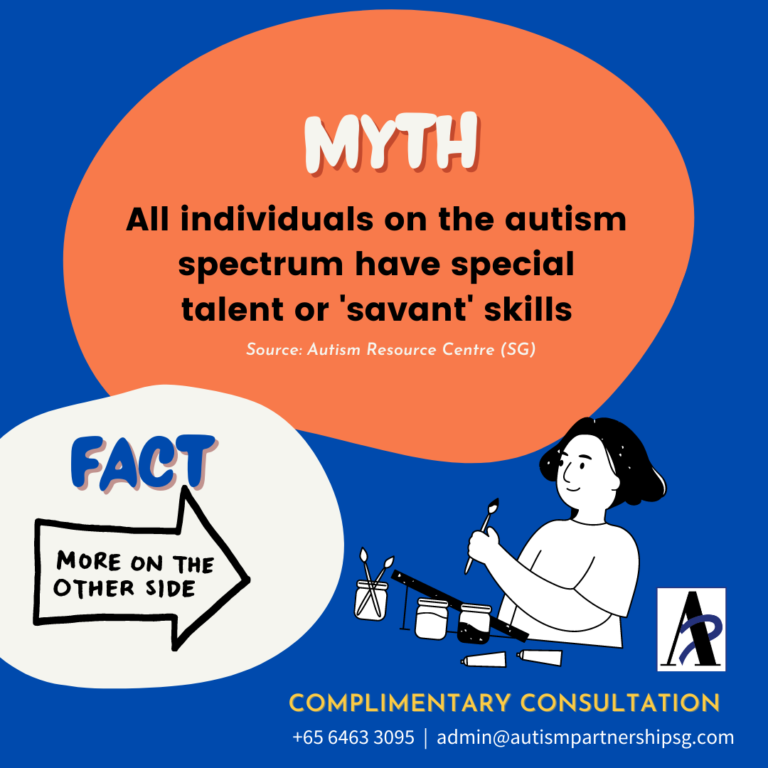
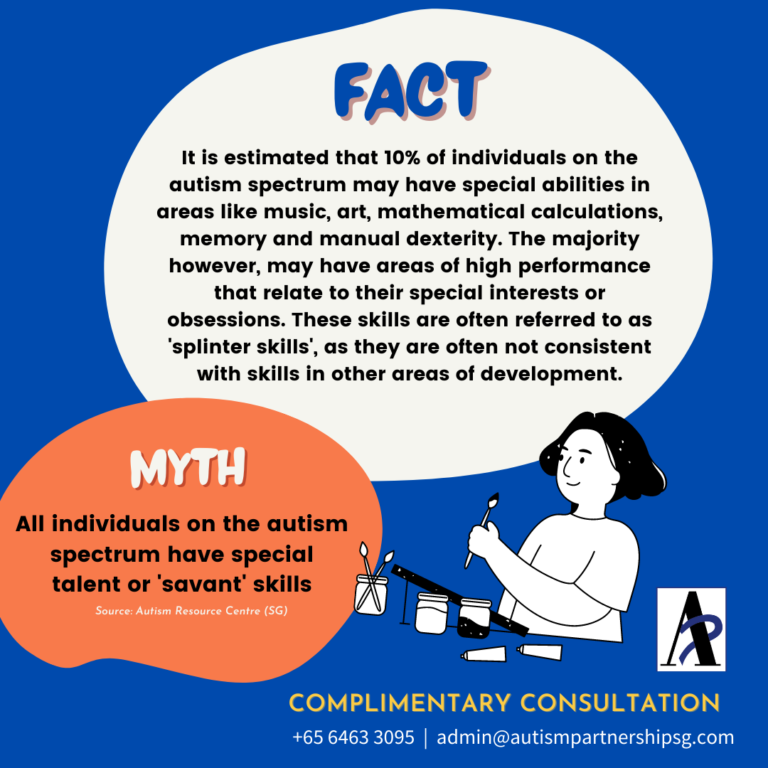
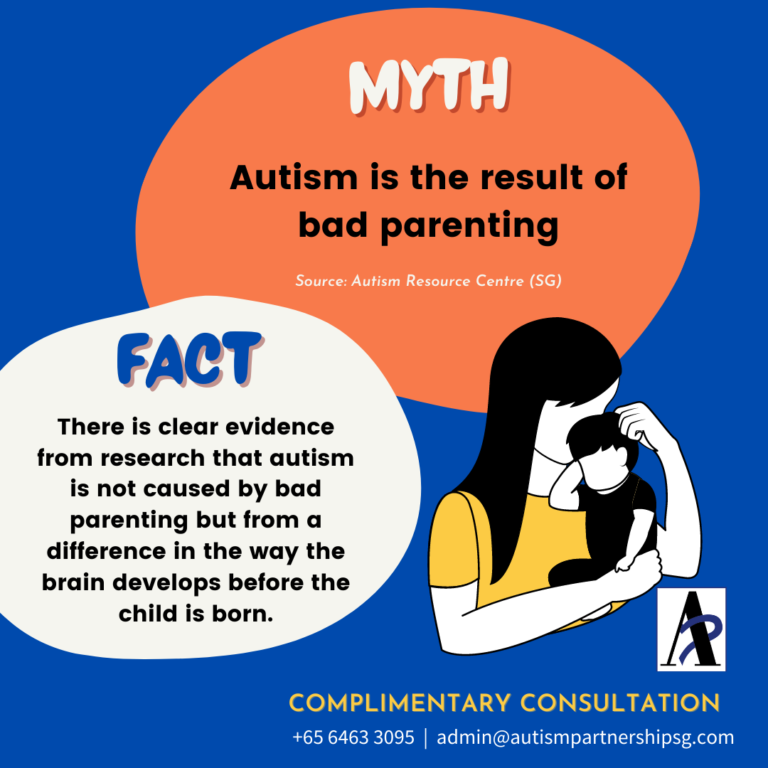
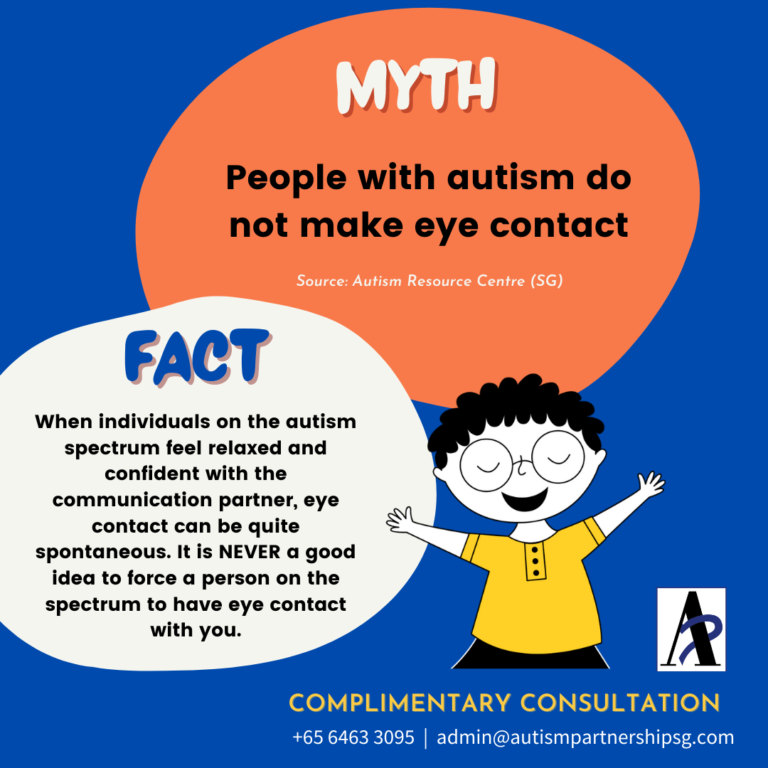
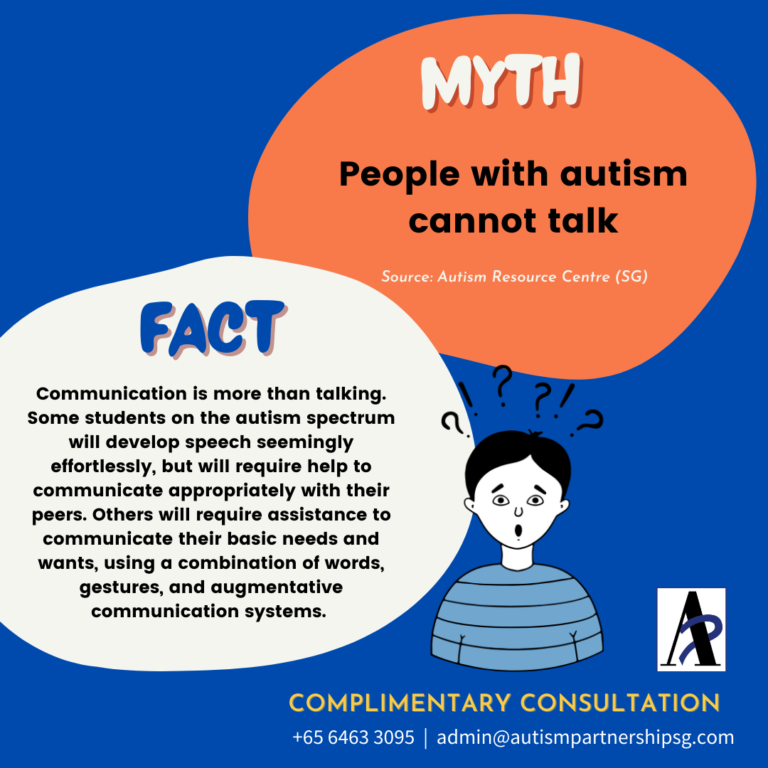
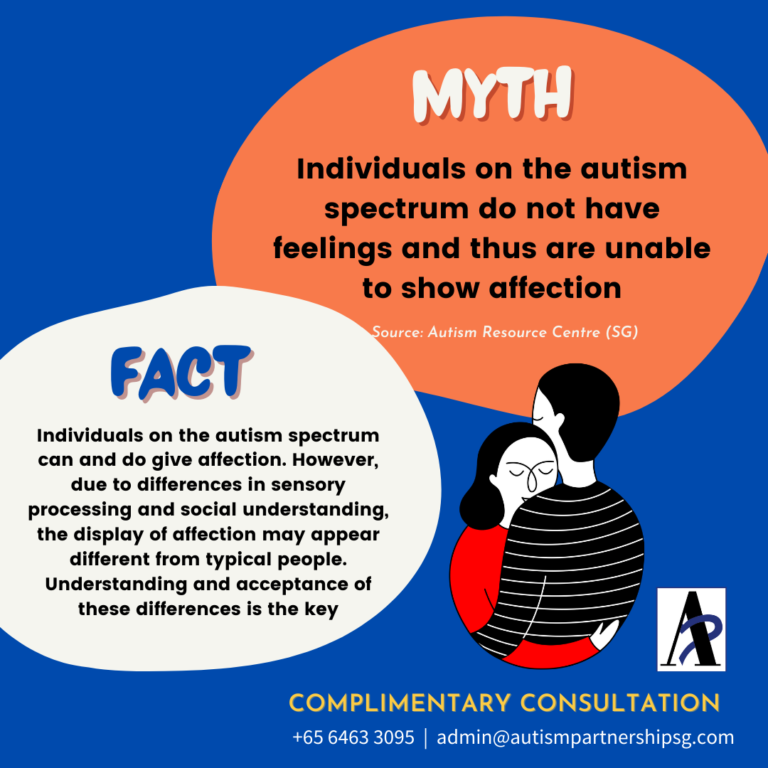
At this point, the cause of autism remains unknown, however, the one theory that has strong scientific evidence is that genetics play a significant role in contributing to the occurrence of ASD. Studies show the concordance rate for identical twins is much higher than for fraternal twins, and ongoing research is beginning to identify genes that may put an individual at risk.
Additionally, in the last decade, there are more postulations on the relationship between environmental toxins, diets, vaccines and autism, but up till now, there is no convincing scientific evidence that demonstrate a causal link between ASD and these toxins, life-saving vaccines or diets. As a result, adherence to these speculative beliefs is tragic because more children are harmed by not receiving life-saving vaccination.
Finding the answer will require long-term, painstaking, rigorous, and sophisticated scientific investigation. Professional responsibility and ethics demand that care be taken not to over-speculate, misrepresent nor present mere hypotheses as facts for the causes of autism.
In most cases, no cause can be identified. Genetics play an important role, although autism may occur with age, education and social environment. Importantly, parenting styles are NOT responsible. There is also no evidence that vaccines cause autism.
What is the prevalence rate of ASD in the world and in Singapore?
- 1 in 68 children has been identified with autism spectrum disorder (ASD) in the United States, 30 percent higher than previous estimates reported in 2012 of 1 in 88 children (Center for Diseases Prevention and Control, CDC 2014)
- In Singapore, due to the lack of statistical studies to establish the prevalence rate locally, an estimate figure of 1% of the population is diagnosed with ASD.
- 1,100,000 cases of autism in China; 650,000 in the UK; 500,000 in the Philippines; and 180,000 in Thailand (the World Health Organization, WHO, 2009)
- 49 children in every 10,000 is diagnosed with the disorder in Hong Kong (epidemiological study by V. Wong & S. Hui (2007) of The University of Hong Kong)
- 5 times more common among boys (1 in 42) than among girls (1 in 189). (Centers for Disease Control and Prevention, CDC, ASD)
- Studies in Asia, Europe, and North America have identified individuals with ASD with an average prevalence of about 1%. A study in South Korea reported a prevalence of 2.6%. (Centers for Disease Control and Prevention, CDC, ASD)
- Approximately 67 million people worldwide are affected by autism.
It is generally believed that the prevalence is similar across countries and cultures, although the numbers obtained in prevalence studies vary according to the methodology and diagnostic criteria used.
Boys are affected by autism at a much higher rate than girls, for reasons that are not entirely clear. A similar pattern is seen in other childhood disorders such as Attention Deficit Hyperactivity Disorder (ADHD).
The estimated rate of autism in Singapore is about one in 150 children and that is around 1% of the population in Singapore. This is a higher rate than the World Health Organisation’s global figure of one in 160 children. The rise in the number of people with autism are likely due to the nature of the diagnostic testing and also the increase in awareness on special needs in Singapore.
Read more:
https://www.sgh.com.sg/patient-care/conditions-treatments/autistic-spectrum-disorder-child



1. Can autism be cured?
According to Singapore General Hospital (2018), “There is no known cure for autism. With appropriate education and support, children with ASD can develop their communication and interaction skills to become independent adults and lead productive lives. Therapies do NOT cure autism, although they bring about marked improvement.”
Many treatment options can help to improve outcomes for children. In a field exploding with alternative treatments, choosing the best course of action for the child with autism can be a daunting task.
Following Singapore’s AMS-MOH Clinical Practice Guideline 1/2010, one of the most scientifically proven treatment methods for autism is Applied Behavior Analysis (ABA). Awarded Grade A in terms of Level of Recommendation and Level 1++ in terms of Level of Evidence. ABA is the highest-rated treatment method by the Ministry of Health, Singapore (MOH).
At Autism Partnership (AP), we adopt our very own unique style of Applied Behavior Analysis (ABA), known as the Autism Partnership Method (APM). APM is a progressive model of ABA that is highly individualised, child-friendly, holistic, and focused on “in the moment analysis” and “clinical judgement”. Our APM has been developed for over 40 years and results from the hundreds of clinicians working around the world.
Learn more about our AP Method today: https://www.autismpartnershipsg.com/our-method-approach
2. Can autism be prevented?
As a parent, noticing signs of possible developmental delay in your child can be overwhelming and difficult to accept. If you think your child is not meeting certain developmental milestones, trust your instincts and consult your Developmental Paediatricians for a screening.
This first step that you are taking can make a huge difference in your child’s life. The earlier a diagnosis is made, the sooner your child can participate in early intervention programmes. Early intervention has been shown to yield benefits in language, academic, behavior, and educational progression.
Learn more about development milestones here: 
Learn more about our AP Method today: https://www.autismpartnershipsg.com/our-method-approach/
3. What causes Autism?
Although there are many theories, no one fully knows the definitive answer to this question. Research shows that autism can be caused by a variety of conditions that affect brain development, which may occur before, during or after birth.
While the cause or combination of causes of autism is not fully understood, research suggests a biological correlation affecting the parts of the brain that process language and information coming in from the senses. Other research findings suggest that there may be an imbalance in certain chemicals in the brain. Genetic factors may sometimes be involved in certain families. In reality, what we know is that autism may develop from a combination of several “causes”.
Source: https://www.autism.org.sg/living-with-autism/what-is-autism
4. What Is Asperger’s Syndrome (DSM IV)?
Asperger’s Syndrome is a form of autism, a condition that affects the way a person makes sense of the world and relates to others. A number of traits of autism are common to Asperger’s Syndrome including: difficulties in communicating, social relationships, and a lack of social imagination and creative play.
Persons with Asperger’s Syndrome usually have fewer difficulties with language than those with classical autism, often speaking fluently, though their words can sometimes sound formal or ‘unusual’ to the listener. Even though they have few difficulties with language, they do have significant difficulties with social aspects of communication.
Many children with Asperger’s Syndrome are able to adapt to learning in a mainstream school setting. With the right support and encouragement, they are able to make good progress and go on to further education and employment options.
Note:
The Diagnostic and Statistical Manual of Mental Disorders, Fifth Edition (DSM-5) which was published in May 2013 no longer includes Asperger’s disorder as a separate diagnosis and has homogenized it under autism spectrum disorder, with severity measures within the broader diagnosis.
Source: https://www.autism.org.sg/living-with-autism/what-is-autism
With all the above information, we can now suggest ideas for activities and ways in which we can provide learning opportunities. Here are some suggestions:
Developing a child’s reinforcement to motivation to learn
By observing what a child likes, we can learn what motivates him or her. A child who enjoys movement can be taught to scoot, ride a bike, etc. based on this observation. Since the child will receive reinforcement of movement when scooting or riding a bike, he or she will likely be motivated to learn to scoot and ride a bike.
Motivation to learn the skill will make the learning journey meaningful and when the child learns to scoot or bike he will learn new skills and with each new skill, he learns he becomes more confident.
Provide activities that have routine
For example: Getting ready to go out (put shoes on, carry his bag, etc.) The routine is predictable and doing it daily will allow the child to practice the steps in a meaningful way and easier for him to remember the steps and carry them out independently.
Learn a language through meaningful experiences/activities
For example: If we want the child to learn toothbrush, we can provide daily experiences of getting the child to retrieve the toothbrush when he brushes his teeth.
Another example is, if the child likes water we can provide water play opportunities for the child and teach the child ‘water’ both receptively and expressively through those activities. Through frequent exposures, the child has the opportunity to hear the label being highlighted and once we have provided sufficient exposure we can then assess his acquisition of the label in a different setup like leaving the items on a table and asking the child to retrieve the item.
Provide meaningful activities that will develop the child’s fine and gross motor skills
For example, opening and closing things, carrying things with both hands, learning to cut, etc. These activities will teach the child skills that he will need to learn in order to become more independent in his own life.
Even though some children may find it difficult to acquire these skills because of the nature of the practice, these activities are straightforward. They are not as complicated as some other things, which makes their learning more enjoyable and easier. With these new skills come independence and with independence increase confidence, as the child can and know how to do things for himself.
While the list I have provided is by no means exhaustive, it should give you some ideas on how to approach the situation. In the next part of this article, I will cover how to increase motivation to learn for a child who has had a negative learning experience.

